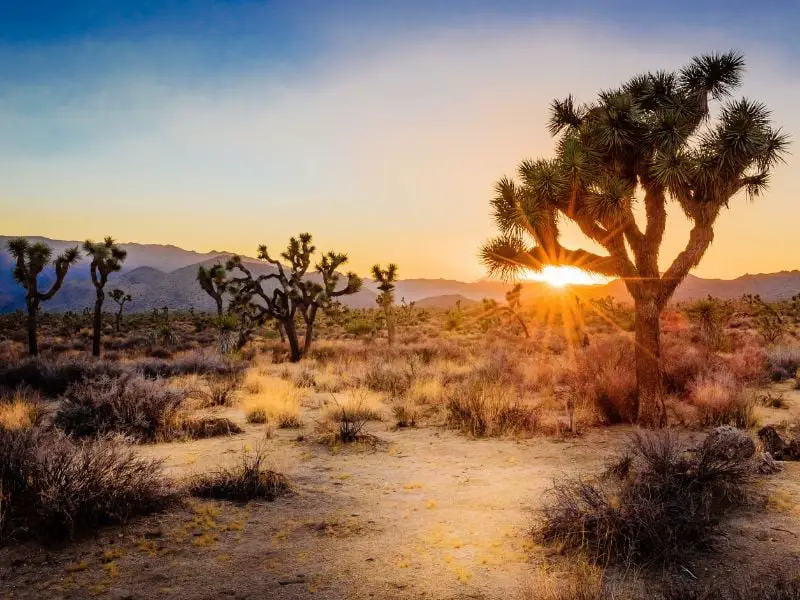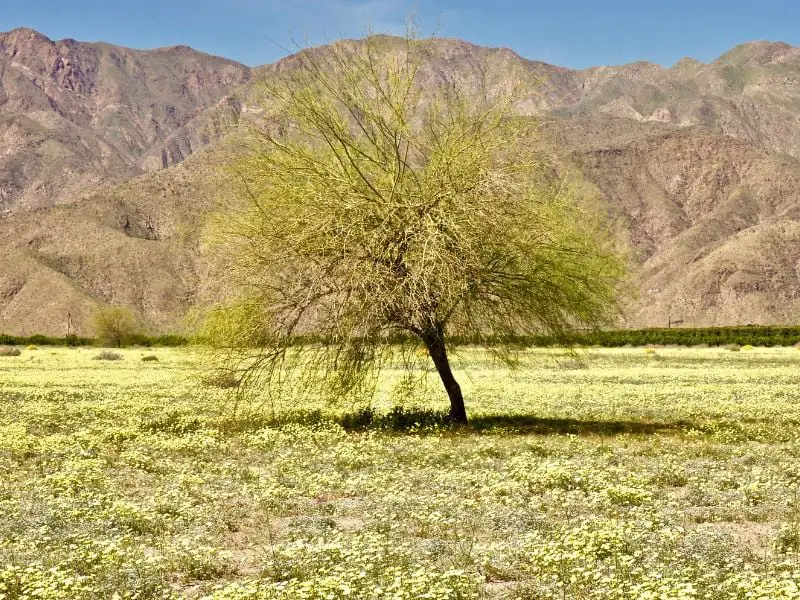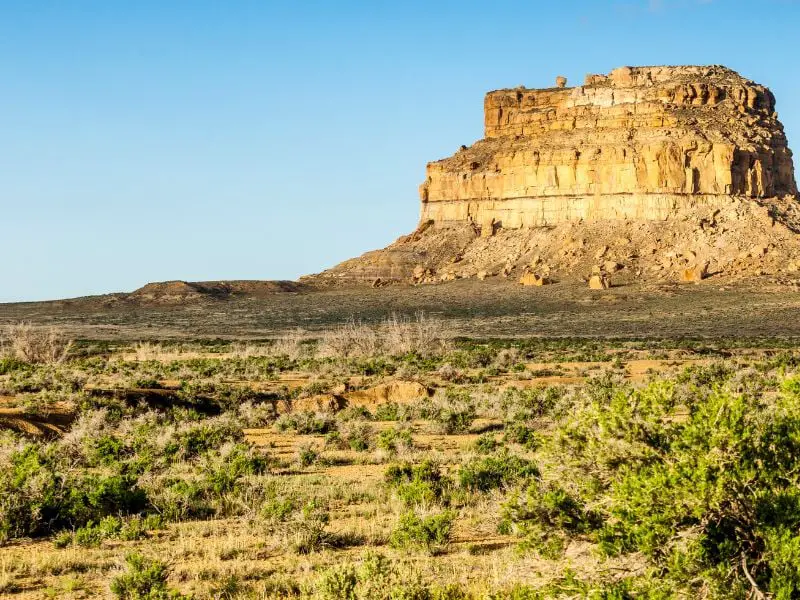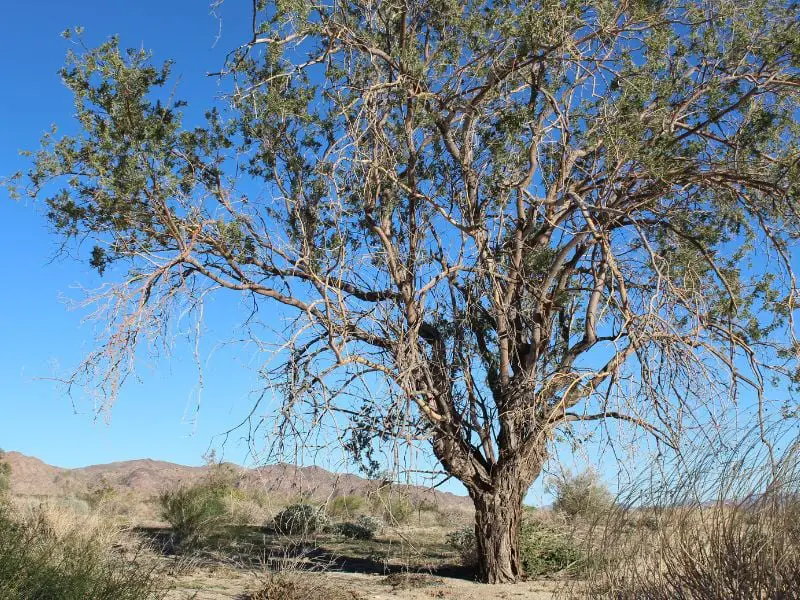When reading about plants, you probably come across the term nurse plants, and you’re left scratching your head, asking what the hell it is. You’re not alone. Many gardeners have come across this word, most often in connection with cacti, although there are a lot of misconceptions. If you’re interested in learning about sustainable gardening practices, it’s important to understand what are nurse plants and how they can benefit your garden.
Let’s clear these up so that you can understand them more. In this article, we took some time to look into what exactly nurse plants are.
What Are Nurse Plants?
Understanding the concept of “nurse plants” is vital for anyone interested in sustainable agriculture and ecological preservation. So, what are nurse plants? They are typically larger, often mature, plants that provide shelter, and create a conducive environment for the growth of younger, more vulnerable plants, acting as ecological guardians.
Nurse trees, a subset of nurse plants, extend their protection to seedlings, allowing them to thrive underneath, shielded from harsh environmental conditions. This method is an integral part of permaculture, an innovative agricultural system designed to emulate the symbiotic relationships found in natural ecosystems. By grasping what are nurse plants and their functioning, one can engineer gardens that are more sustainable and resilient, emulating the harmonious interactions found in nature.
In desert ecosystems, the canopies of nurse plants play a pivotal role in modulating environmental conditions. They mitigate extreme daytime and soil surface temperatures, shield from the relentless desert sun, and elevate soil fertility. They are sanctuaries against wind and herbivores, reduce the rates of evaporation and transpiration, and maintain higher nighttime temperatures, offering a lifeline to many species post-fire.

This symbiotic relationship exemplifies the positive interactions between nurse plants and the organisms they nurture, highlighting their critical role in maintaining biodiversity, especially in arid, water-scarce regions.
Furthermore, nurse plants are ecological saviors aiding in the speedy recovery of other plants post herbivore grazing by supplying essential resources, thereby accelerating the recuperation process.
In essence, the significance of nurse plants is multifaceted, ranging from being the providers of shade and shelter to being instrumental in enabling the growth and survival of various plant species in the most stringent conditions. Their role in creating a balanced and thriving ecosystem underscores the importance of understanding what nurse plants truly are and leveraging their abilities for ecological restoration and conservation.
Nurse Plants & Ants
Nurse plants and nurse trees also contribute to the structure of ant colonies. They provide protection and support to the diverse ant colonies of the Sonoran Desert. A nurse tree also helps in seed dispersal, where birds and animals eat the seeds and disperse them through their droppings.
Nurse plants are a fascinating and essential component of natural ecosystems. By understanding what are nurse plants and how they function, you can tap into the power of these natural allies and create a thriving, healthy landscape that benefits both you and the environment.
Examples of Nurse Plants
1. Palo Verde Tree

The Palo verde tree reaches heights of 10 to 12 meters (33–39 ft). It is a huge shrub or small nurse tree that grows swiftly and hardly ever lives to be 100 years old. Compared to the closely related Parkinsonia microphylla (foothill paloverde), it has thick branches hanging down to the ground. It grows in small clusters instead of one big one. The leaves are made up of multiple layers which absorb moisture from the air, keeping it cool at night and helping with temperature regulation.
This plant’s stem, branches, and leaves are gray-green in hue, thus its popular name. The plant ‘sheds in the dry season, losing its leaves for most of the year and re-growing them after a good rain, providing a good amount of organic matter to the soil.
Palo Verde is known for giving wildlife a place to live and helping cacti grow. Palo verde is the common nurse plant for the saguaro cactus. Not only that, but the natives have used its seeds for hundreds of years. The Seri Indians consume the seeds grounded as flour, fresh, and even grilled. The Tohono O’odham eats the seeds directly from the pods.
2. Ambrosia Deltoidea

This nurse plant is endemic to North America’s Sonoran Desert area. You can easily spot them in California, Baja California Sur, Sonora in Mexico, and further north into Arizona.
This desert shrub grows in places like small spots of grass and shrubs in the desert. It is dominant and common in the Arizona Upland Subdivision of the Sonoran Desert. It can be found in both the upper and lower Bajadas. Still, it is most abundant in the area where the upper and lower Bajadas meet. It lives in places with a lot of open space. It grows on steep, rocky slopes with cacti and paloverdes like the saguaro and the yellow paloverde.
This plant serves as a nurse plant for multiple species, offering shade and boosting the soil’s nitrogen content. It also shields seedlings from predation, thus offering better chances of germination. It commonly nurses the yellow paloverde, ocotillo, and pear species.
3. Ironwood

The name “Ironwood” comes from how strong the wood is. It is highly valued for making handles for tools and other things. It is smaller than most trees and doesn’t usually climb to the canopy. Its leaves are shiny green. Its bark is gray or light brown. The ironwood tree likes dry places that are well-shaded.
As nurse plants, ironwoods offer safe places for seed dissemination, growth shelter for seedlings from severe cold and frost, and protection for saplings from high heat and harmful radiation. They also serve as refuges, protecting plants and cacti from animals that feast on weak plant seedlings.
Nurse Plants Relationship
Not all nurse plant relationships end well for both plants. In the desert, it’s often a fight for resources, especially water. As a young plant matures, its roots grow, and each plant within the canopy of a nurse plant starts to compete with the others for the limited soil moisture. However, nurse plants do protect young plants from strong sunlight and harsh weather. Different species of plants often share the same types of nurse plants.
So for biodiversity to continue, one generation of plants may need to make way for the following plants to continue to survive. That’s why in the deserts, you can often see healthy plants growing just beside a husk of a larger, bigger plant. The plant remnants still provide some cover and will ultimately decay together with the fallen leaves and fruit, becoming a part of the soil and nourishing the new plants.
Related: What Is Biodiversity, Threats to Biodiversity, Top Hotspots in Biodiversity
Exploring the Nurturers of Arid Lands: Beyond Symbiosis and Support
In dissecting the ecological intricacies of desert ecosystems, one may ponder, “What are nurse plants?” These nurturers of the arid landscapes play a paramount role in sustaining and fortifying the flora against the relentless elements of their habitat.
Harmonious Habitat Restoration
Habitat restoration is imperative for the conservation of biodiversity, especially in locations suffering from significant habitat loss and degradation. “What are nurse plants doing to alleviate this?” one might ask. They act as ecological scaffolds in these harsh environments, facilitating the restoration of ecosystems characterized by severe environmental conditions, such as extreme temperatures and poor soil quality. Their presence becomes a beacon of hope, enhancing plant species richness within the restored habitat.
Multifaceted Interactions among Plants
Exploring the question, “What are nurse plants contributing to ecological interactions?” reveals their pivotal role in elucidating theories of natural succession, where interactions among plants determine the ecological progression. These interactions encompass both competition and facilitation, with the balance between these determined by the prevailing environmental conditions. Such nuanced roles of nurse plants emphasize their importance in sustaining ecological balance in dry areas.
Positive Effects and Interactions
“What are nurse plants” and “How do they facilitate positive interactions?” are questions central to understanding desert ecosystems. Nurse plants exemplify symbiotic relationships, creating sanctuaries for seedlings against harsh conditions and ensuring optimal seedling establishment. In the Sonoran Desert, they offer a range of benefits including reduced temperatures and enhanced soil fertility, showcasing the symbiotic ‘Nurse Plant Syndrome’. These guardian plants are crucial in maintaining biodiversity in water-deprived environments, especially benefitting shaded-tolerant species during late succession periods.
Perseverance through Perennial Plants and Harsh Conditions
Perennial plants in desert landscapes are the stalwarts that provide sustenance to various species through harsh summer droughts, ensuring their survival. They serve as ecological lifelines, helping dependent species navigate through the arduous terrains and climates of the desert.
Seedling Stage and Germination: A Journey of Growth
“What are nurse plants’ roles in the lifecycle of desert flora?” To answer this, one must consider the intricate journey from seed dispersal to seedling establishment, a process underlined by resilience and adaptability. Studies in recruitment ecology under natural conditions illustrate the pivotal role of nurse plants in enhancing survival and germination rates, showcasing the intricate and adaptive nature of desert flora.
Diversity in Plant Species Richness and Environmental Conditions
The role of nurse plants extends to shaping the biodiversity in deserts, modulating plant species richness in response to varying environmental conditions like grazing and rainfall. These conditions, along with the interactions fostered by nurse plants, shape the ecological diversity in these habitats, making them resilient and adaptable to environmental changes.
Exemplifying Diversity: The Chihuahuan Desert
The Chihuahuan Desert stands as a testament to the richness of biodiversity in arid lands, demonstrating the profound influence of environmental factors like precipitation on the biodiversity of these unique ecosystems.
Frequently Asked Questions (FAQs)
Author’s Note
Nurse plants play a vital role in the desert ecosystem. Nurse plants are crucial to the survival of plant species and their ecosystem. Without them, the deserts wouldn’t be as they are today. They are an essential resource for animals and other living organisms that need shelter, nutrition, and water to survive. They contribute to a healthy environment for all living things in an area where pure water is rare and temperatures can soar up to 50 degrees Celsius (122 degrees Fahrenheit).
By incorporating nurse plants into your garden, you can create a more self-sustaining ecosystem and reduce the need for synthetic fertilizers and pesticides. But first, remember it’s important to understand what are nurse plants and how to select the right ones for your garden.
They contribute to the preservation of biodiversity, especially in drought-prone areas. We hope this article will help you understand the critical role of nurse plants in ecosystems around the world. Make sure to share this article, let anyone know its importance, and avoid any more misconceptions! Have you come across any nurse plants?


1 thought on “What Are Nurse Plants and Their Importance in Deserts”